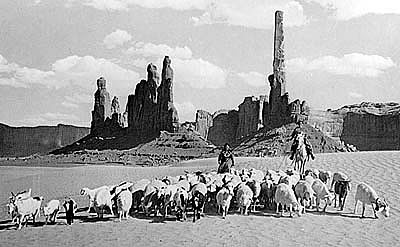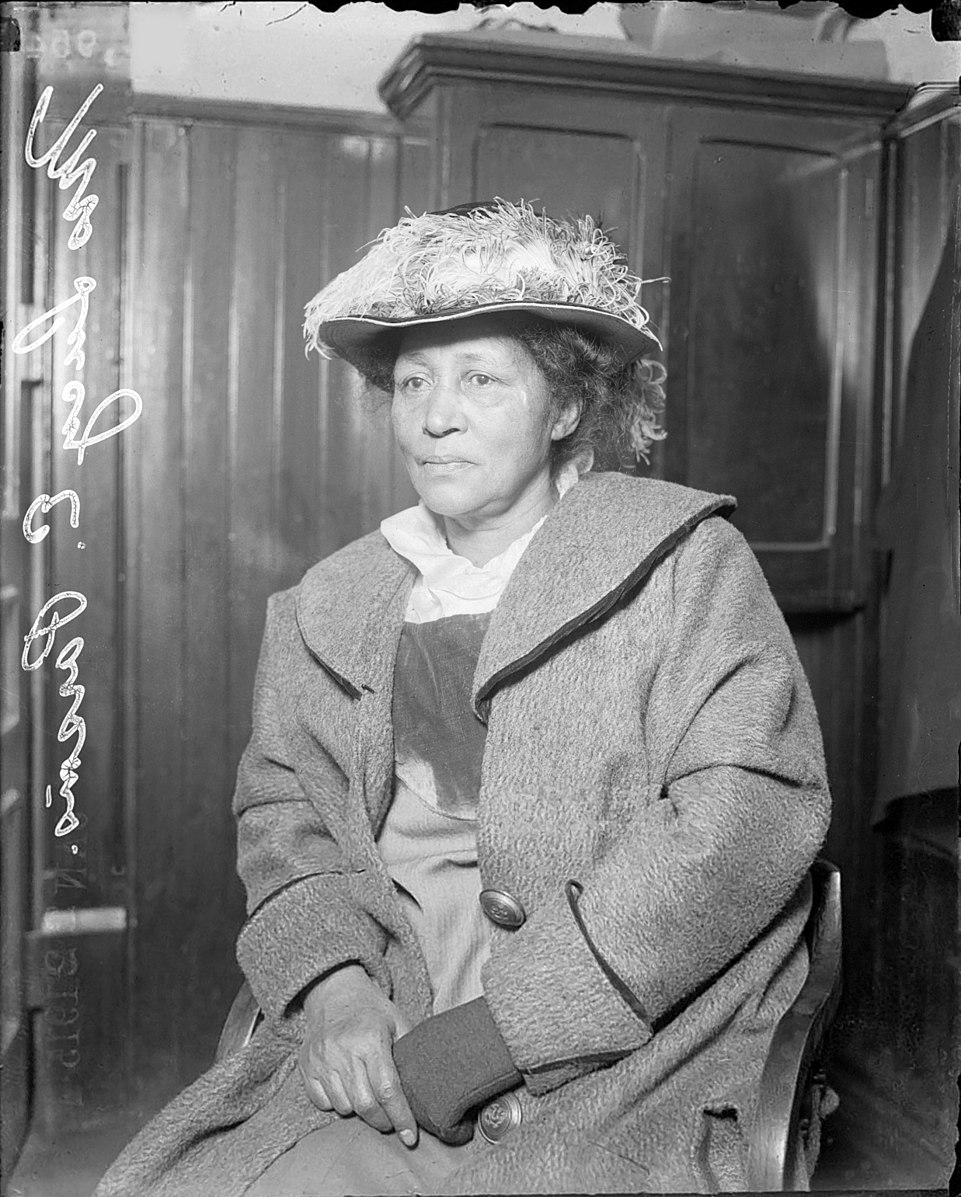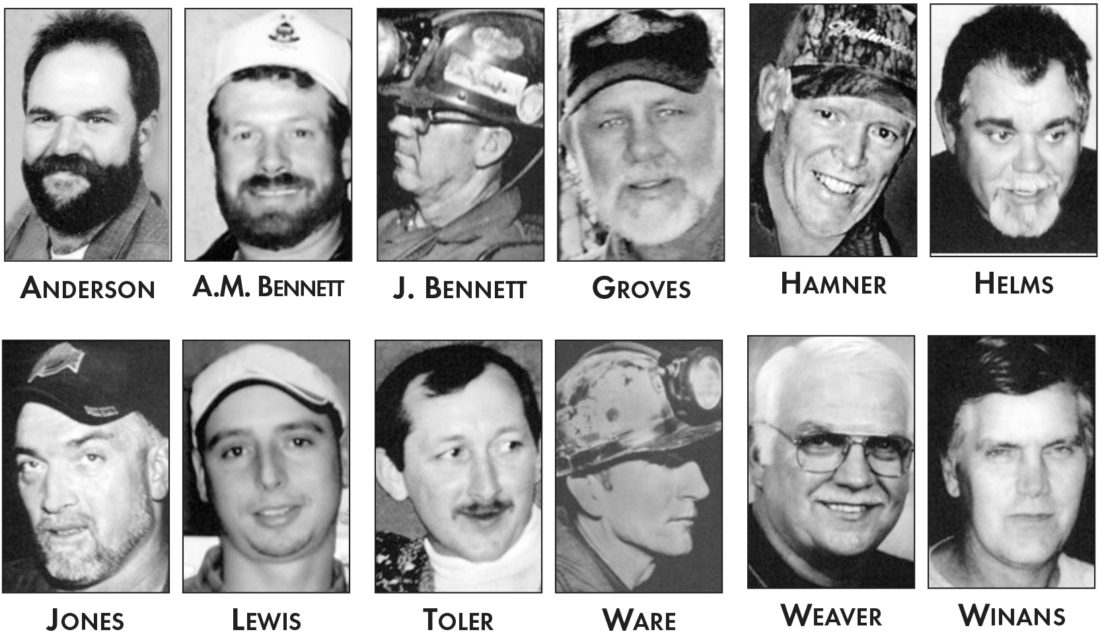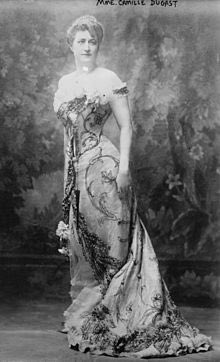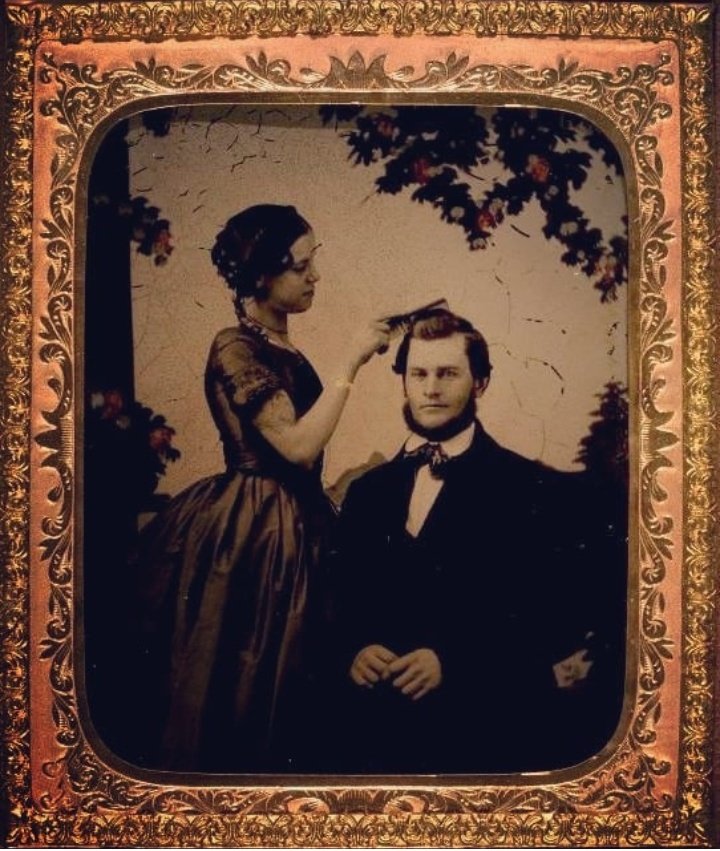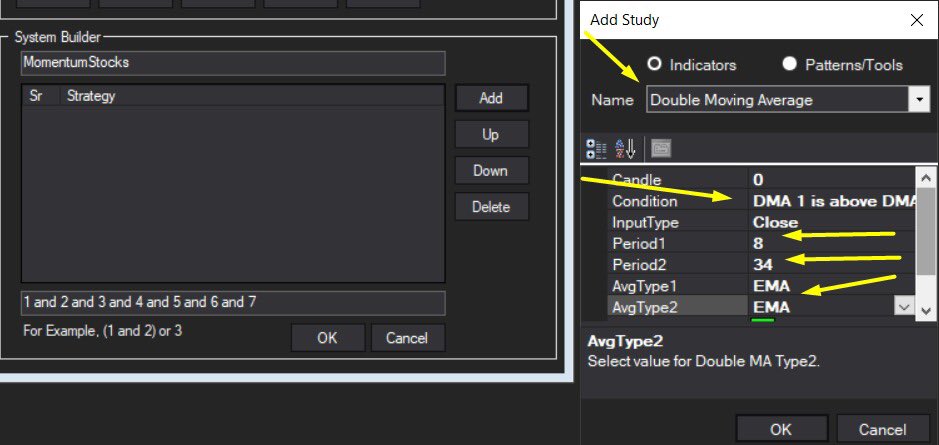The four Navajos were named Scott Preston, Julius Begay, Frank Goldtooth, and Judge Many Children. They wrote, in part, "The Navajo Indians are not opposed to grazing permits as such, in fact we believe they heartily approve them if the manner of issuance is fair...
....and the limits are sufficiently high to permit the family to exist.
For instance, in our own district (No.3) the sheep unit is set at 282. If a person has 5 horses, that would be the equivalent to 25 sheep; 1 head of cattle is the equivalent of 4 sheep....
... A Navajo family will consume 150 head of sheep or more per year depending on the size of the family. In addition to this amount, it is necessary to sell for their staples enough to keep the family from starvation....
.... Then each family must be prepared to meet natural losses. We understand the families with smaller than the maximum are not permitted to raise that limit, but those above must be reduced....
...282 sheep units is not sufficient for even the bare existence of a moderate size Navajo family without additional income, and such a policy will mean the impoverishment of the entire Navajo tribe."
In short, the government went in and forced the Navajo to end the economy they had developed since the 1860s. Why? It's complicated and sad.
The creation of Navajo sheep culture was already a response to the forced transformation of Navajo work culture around raiding and hunting in the face of white domination in 1860s, a phenomenon faced by many tribes during these years.
Many tribes faced allotment under the Dawes Act, forced into small farming economies they were not equipped for and losing their lands to whites as part of the larger strategy to dispossess indigenous people of their land, culture, and work traditions.
he Navajo had begun integrating sheep into their work culture in 1598, as Spanish flocks wandered north out of Mexico into what is today the American Southwest, along with other domesticated animals that transformed what was possible for Native American life.
While sheep and weaving became very important to Navajo life, it was originally another animal, the horse, that primarily redefined their work culture.
They Engaged heavily in raiding well into New Mexico, where they, along with the Comanches, made the Spanish colony and then Mexico, as well as the Puebloan peoples who lived there, reside in constant fear.
The U.S. put a stop to this when, in 1864, the Navajo were rounded up and forced on the Long March to the Bosque Redondo in eastern New Mexico.
There the Navajo were dumped for four years and about 25 percent of the population died.
Reports of the conditions at the Bosque Redondo went public at the same time that the nation was engaging in Reconstruction and there was outrage in that rare moment when white Americans cared enough about people of color to do something.
So the Navajo were allowed to return to a large chunk of their lands, in no small part because it seemed to have no economic value to whites.
But in doing so, they had to give up their raiding and horse culture ways. Sheep and weaving became ever more important to Navajo work culture after this.
In 1933, Franklin Delano Roosevelt appointed John Collier as Commissioner of Indian Affairs.
For most tribes, this was a breath of fresh air. Collier rejected the corrupt and genocidal policies of the past, attempting to treat indigenous Americans as relative equals and respect their cultural heritage.
Collier and New Deal land managers, heavily influenced by the Dust Bowl, saw Navajo sheep herding practices as incredibly destructive to the land and completely unsustainable.
They noted the erosion transforming the land, the gullies turning into deep canyons, and the impossibility of this continuing for long.
By 1931, the Navajo owned perhaps one million sheep on land with a carrying capacity of 500,000; they had only owned about 15,000 in the 1870s, but their population had also exploded from 8000 people in 1868 to 39,000 in 1930.
So Collier acted, even though the Navajo themselves were not brought on board. Collier respected the Navajos, but felt he needed to save them from themselves. In 1934, the first of the sheep and goat slaughters took place.
By 1935, the Navajos were actively resisting. People refused to sell their livestock to anyone who would kill them.
By 1937, in the face of this resistance, Collier and the Department of the Interior issued a new plan setting a cap on the amount of livestock each extended family could own.
Weaving and harvesting the sheep provided about half the cash for the Navajos and nothing was done to replace that. Much of this loss was gendered. Weaving was the source of women’s income in a matrilineal society.
It had provided women with economic authority even as the pre-1864 Navajo economy was forcibly terminated. They controlled their own means of production. Collier and the other New Dealers did not see this at all.
Men handled the relationships with whites and so the New Dealers never even spoke to women, nor did they think of asking about them.
With control over the means of production stripped away, masculine economic and political dominance was reinforced and the gendered norms of Navajo work and life were transformed.
The irony of this is that Collier was right. The Navajo were vastly overgrazing the land and they refused to admit it. It was absolutely not sustainable.
Collier shoving his reforms down the throats of the Navajo without their consent resulted not only in a transformation of the intersection between work and culture, but also created a long-term resistance to environmentalism still powerful on the Navajo Nation today.
The stock reduction program ended as the nation went into World War II and the government had bigger fish to fry. But it also happened in the face of widespread resistance, such as the letter that opens this post.
In 1940, the Navajo Rights Association formed to lead the resistance to continued stock reduction. The government started threatening the Navajo with police power if they refused to hand over their livestock, which broke the resistance.
John Collier started realizing that there was a problem with his program only in 1941, which was far too late. He relaxed some of the restrictions, but the damage to Navajo work and life was already done. An already poor people were made more impoverished.
After World War II, many men would seek to escape that poverty through uranium mining, which would have enormous implications of its own on the health of the miners and work culture of the Navajo people.
The letter that opens this thread is published in Peter Iverson, ed., Dine Letters, Speeches, & Petitions, 1900-1960. Many of the other details come from Marsha Weisiger, Dreaming of Sheep in Navajo Country. Read some history books!
Back tomorrow to discuss one of the key moments of the labor-environmental alliances of the late 20th century.
